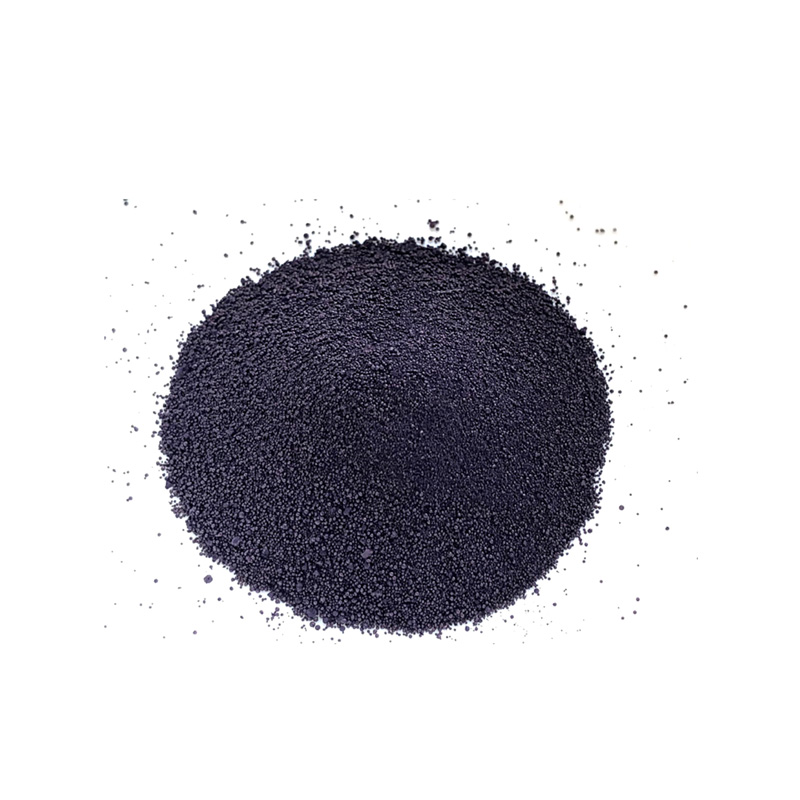Explore the Art of Japanese Indigo Dyeing
Famous Japanese Indigo Dyeing A Timeless Art
Japanese indigo dyeing, or ai-zome, is a revered traditional craft that has captured the hearts of many with its deep, vibrant hues and rich cultural significance. With roots that trace back over 1,500 years, this ancient technique showcases the skilled craftsmanship and artistic expression of Japanese artisans.
Famous Japanese Indigo Dyeing A Timeless Art
The dyeing process itself is meticulous and requires a deep understanding of the materials and techniques involved. First, the indigo leaves are harvested, fermented, and processed to create a dye solution. This solution is then used to dye textiles, often made of cotton or hemp. One of the most fascinating aspects of indigo dyeing is the ability to achieve various shades of blue depending on the number of dips the fabric undergoes in the dye bath. The fabric is immersed in the dye and then exposed to air, which oxidizes the dye and causes it to turn blue. This repeated dipping and oxidizing can create a stunning gradient effect, resulting in beautiful, one-of-a-kind pieces.
famous japanese indigo dyeing

Indigo dyeing is not merely about achieving a specific color; it is deeply intertwined with Japanese culture and artistry. Many patterns and techniques have been passed down through generations, with each area of Japan showcasing its unique styles. Examples include shibori, a tie-dye technique that creates intricate patterns, and katazome, where templates are used to resist the dye and achieve detailed designs.
In recent years, there has been a resurgence of interest in traditional crafts, with many young artisans eager to learn the techniques and revive this timeless art form. Exhibitions and workshops are being held across Japan and around the world to showcase the beauty of indigo dyeing, creating new opportunities for craftsmen and enthusiasts alike.
Today, Japanese indigo dyeing continues to thrive, blending tradition with modern innovation. It serves not only as a medium for artistic expression but also as a bridge connecting generations through shared cultural heritage. As we appreciate the stunning beauty of indigo-dyed textiles, we are reminded of the skill, patience, and artistry that have gone into creating these masterpieces, ensuring that this ancient craft will endure for many more generations to come.
-
The Timeless Art of Denim Indigo Dye
NewsJul.01,2025
-
The Rise of Sulfur Dyed Denim
NewsJul.01,2025
-
The Rich Revival of the Best Indigo Dye
NewsJul.01,2025
-
The Enduring Strength of Sulphur Black
NewsJul.01,2025
-
The Ancient Art of Chinese Indigo Dye
NewsJul.01,2025
-
Industry Power of Indigo
NewsJul.01,2025
-
Black Sulfur is Leading the Next Wave
NewsJul.01,2025

Sulphur Black
1.Name: sulphur black; Sulfur Black; Sulphur Black 1;
2.Structure formula:
3.Molecule formula: C6H4N2O5
4.CAS No.: 1326-82-5
5.HS code: 32041911
6.Product specification:Appearance:black phosphorus flakes; black liquid

Bromo Indigo; Vat Bromo-Indigo; C.I.Vat Blue 5
1.Name: Bromo indigo; Vat bromo-indigo; C.I.Vat blue 5;
2.Structure formula:
3.Molecule formula: C16H6Br4N2O2
4.CAS No.: 2475-31-2
5.HS code: 3204151000 6.Major usage and instruction: Be mainly used to dye cotton fabrics.

Indigo Blue Vat Blue
1.Name: indigo blue,vat blue 1,
2.Structure formula:
3.Molecule formula: C16H10N2O2
4.. CAS No.: 482-89-3
5.Molecule weight: 262.62
6.HS code: 3204151000
7.Major usage and instruction: Be mainly used to dye cotton fabrics.

